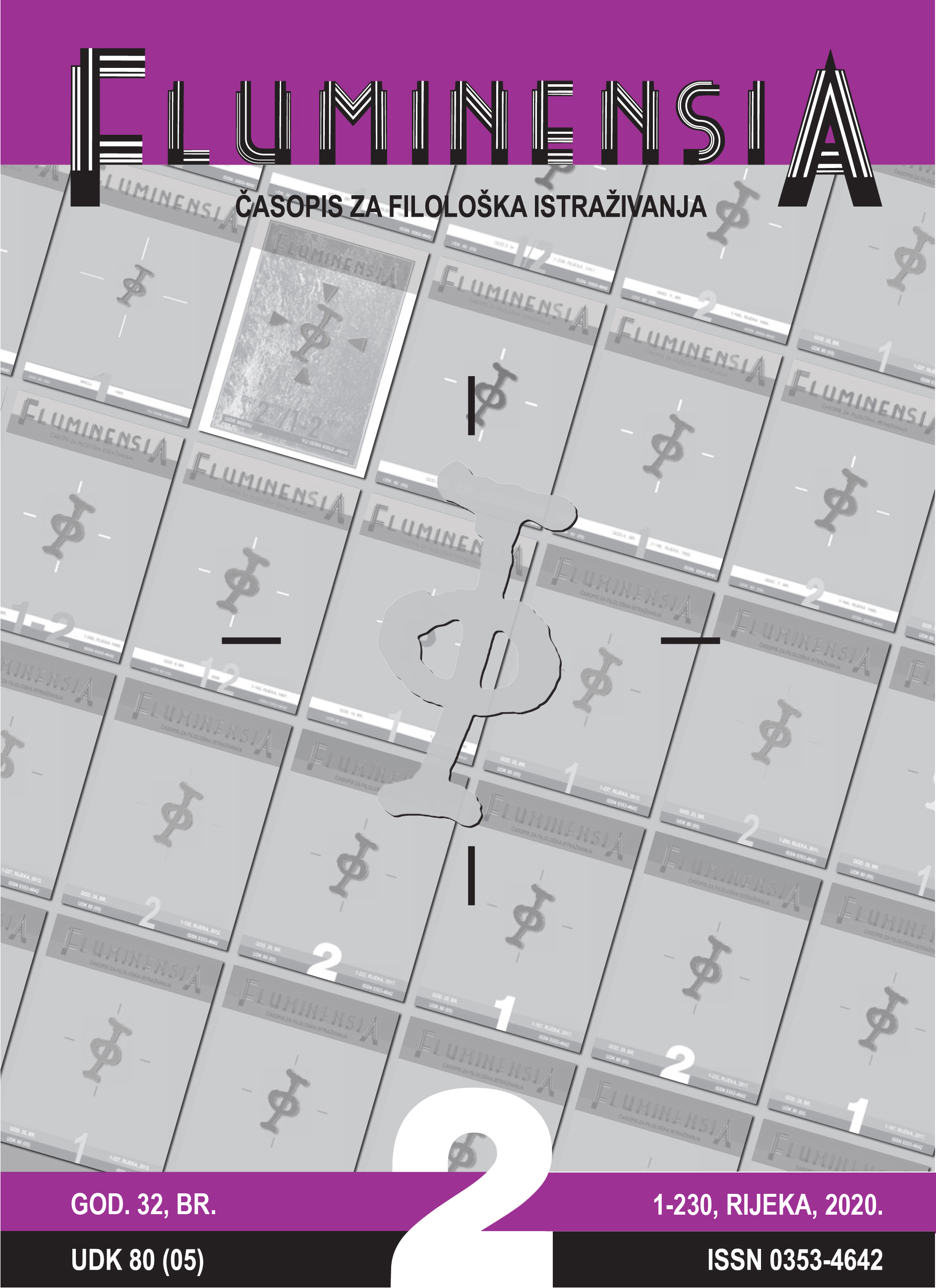GREEK DURATIVE VERBS WITH THE NASAL INFIX AND SUFFIX
Keywords:
Ancient Greek, durative verbs, externalization of inflection, Indo-European languages, nasal infixAbstract
The Indo-European nasal infix presents have so far not been explained from the semantic point of view. The author of this paper argues that the infix *-n(e)- originally expressed the feature of durativity. Due to the diachronic externalization of inflection, this nasal morpheme later evolved into a suffix added to the verbal root. Numerous durative verbs with the nasal marker -an- are attested as early as the 2nd millennium BCE in the Anatolian languages; cf. Hittite iy-ann-a/i- ‘to march, go a long distance’, Palaic iyannnai ‘he marches (a long distance)’ vs. Hitt. i- ‘to go’, Luw. i-, Hier.Luw. i-, Lat. eō, īre, Lith. eı ̃ti, OChSl. iti ‘id.’ (< PIE. *h1ei- ‘to go’). The durative verbs in question, as well as the related nouns with the durative suffix *-ano-, also appear in other Indo-European languages, cf. Toch. B yanem. ‘they walk, go (for a long time)’. Numerous Greek present forms (e.g., ἁνδάνω, θιγγάνω, λαμβάνω, λανθάνω,λιμπάνω, μανθάνω, πυνθάνομαι and so on) document the same nasal morpheme not only infixed into the verbal root, but also in the form of the suffix -αν-. This is to be explained as the effect of the diachronic externalization of the durative (nasal) morpheme. Greek verbal forms with the nasal infix and the nasal suffix should be treated as intermediate forms or hybrids. Newer forms (indicating the durativity of the action) in Greek contain only a nasal suffix (e.g. αὐξάνω, ἱζάνω, ἰσχάνω, κευθάνω, ληθάνω, οἰδάνω, ῥοφάνω).

